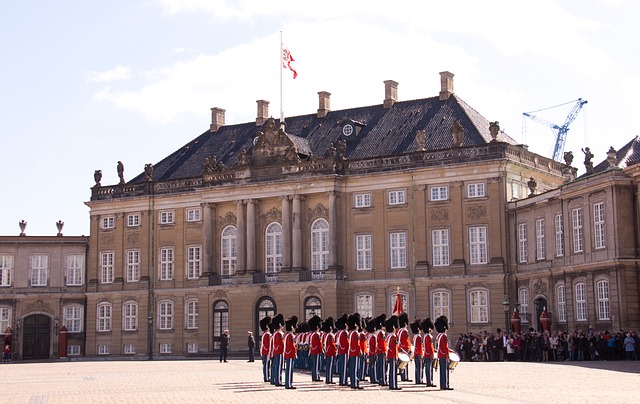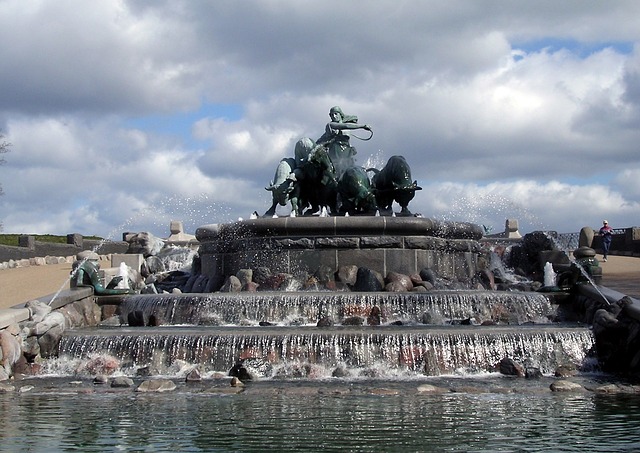Stockholm Palace: Official residence of the King of Sweden
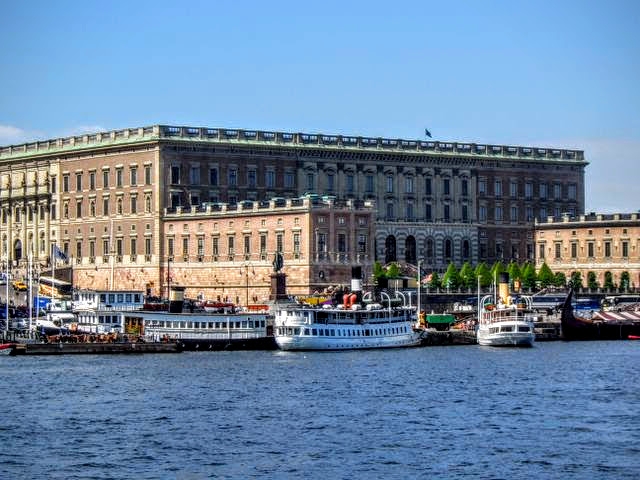
The Stockholm Palace is the official residence of King Carl Gustaf XVI of Sweden, where many official functions are held. It was originally built as a fortress in the 13th century.
The palace has been enlarged and rebuilt several times to become the beautiful palace with baroque decorations that it is today. The interior of the palace is open to the public, and visitors are greeted by an impressive collection of historical artifacts.
In this article, I would like to introduce some of the features of Stockholm and its history.
King of Sweden’s official residence
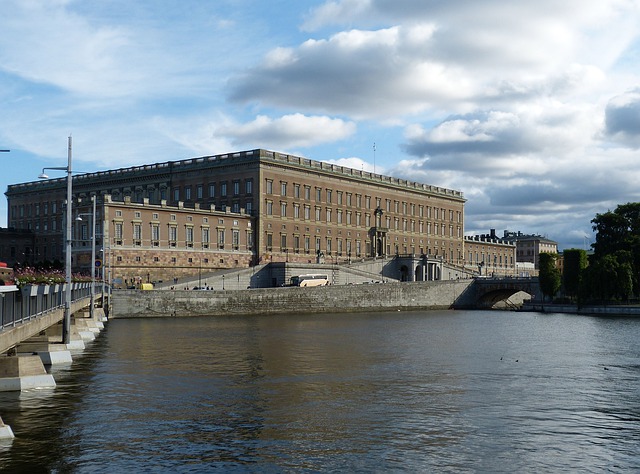
Stockholm Palace is the official residence of the current King of Sweden, Carl Gustaf XVI. It is located in Stockholm’s old town, the Gamla Stan district, at a place called Stadsholmen.
Stockholm Palace in its present appearance was built more than 200 years ago in 1754. It is an elegant brick building in the baroque style. It is considered to be one of Sweden’s most beautiful historical buildings, with a sense of its 18th century construction.
For many years it served as the residence of the Swedish royal family. After the current King Carl XVI of Sweden moved his private residence there in 1981, it has been used as his official residence for conducting official business.
Instead, Drottningholm Palace on Lovön, a suburb of Stockholm, is now the private residence of the Swedish royal family. In addition to the King’s office, Stockholm Palace is also used for official Swedish functions, such as meetings with state guests and banquets with Nobel laureates.
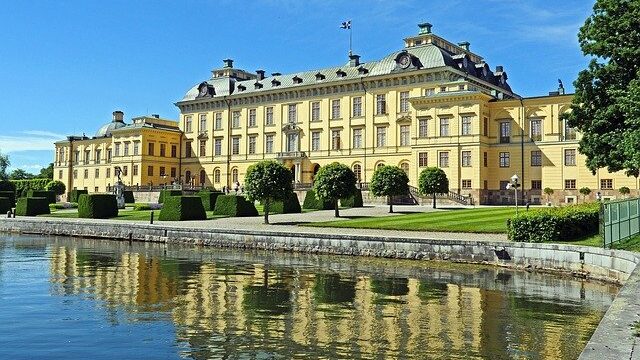
History of Stockholm Palace
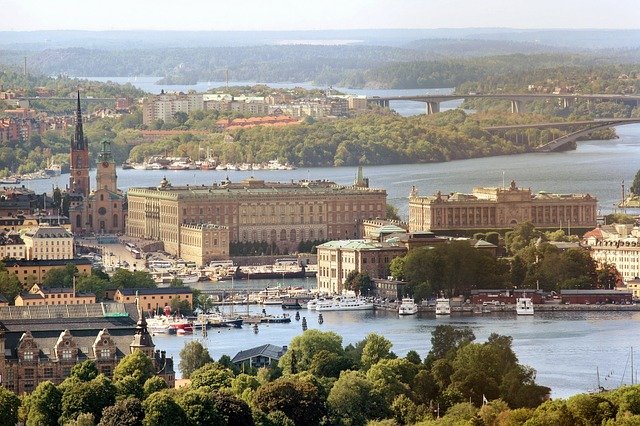
Stockholm Palace was preceded by a fortress built in the 13th century by Birger Jarl, a Swedish statesman of the time. The purpose of building the fortress was to defend Lake Malar. Over time, the fortress gradually came to be used as a palace. At that time, the palace was called Tre Kronor, meaning three crowns.
In the 16th century, King Johan III of Sweden undertook a major renovation to turn it into a Renaissance-style palace. In 1690, it was renovated with baroque decorations. Nicodemus Tessin the Younger was responsible for the architecture. The Tessin family, father, and son are both prominent architects. His father, Nicodemus Tessin the Elder, designed Drottningholm Palace, now the private residence of the royal family.
Seven years later, in 1697, a fire destroyed most of the palace. However, the palace was rebuilt and completed in its present form in 1754.
The interior of the palace is open to the public

Stockholm Palace is open to the public. Stockholm Palace consists of four buildings, located in the north, south, east, and west. It is a large palace with 609 rooms in the seven-story building.
Inside the palace, royal artifacts such as crowns and furnishings are on display. Visitors can get a glimpse of the history of the Swedish royal family.
There are two museums in the palace: the Tre Kronor Museum and the Antique Museum. The Tre Kronor Museum is one of the few that was not damaged in the fire of 1697, and it shows the decoration of the palace before its renovation.
The Antique Museum is the oldest public museum in Europe. It houses more than 200 works of art, including Italian sculptures collected by King Gustav III during his expeditions. Please note that this museum is open only during the summer season.
Other exhibits include a conference room where visitors can observe the king and other government officials in office, Queen Christina’s silver throne from the 17th century, and a collection of portraits of Swedish royalty from the past. There is also a gallery space with portraits of Swedish royalty.
Changing of the guard ceremony
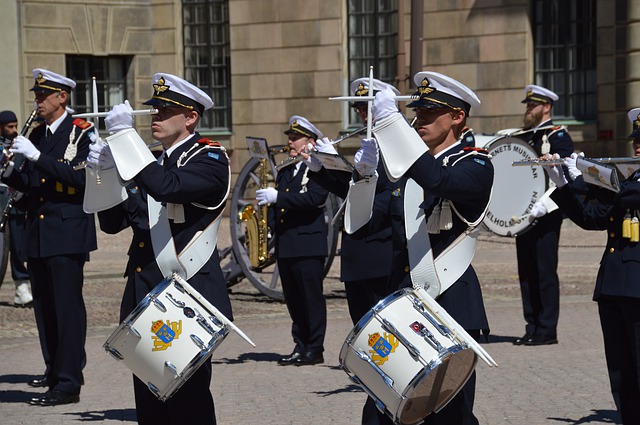
After satisfying your intellectual curiosity with the lavish interiors and furnishings inside the palace, you may want to attend the Changing of the Guard Ceremony. The Changing of the Guard Ceremony is a traditional ceremony at Stockholm Palace dating back to the 16th century.
Every day from noon for about 45 minutes, you can watch the royal Kingsguard march in unison to the accompaniment of the imposing music played by a band of musicians.
And while the image of a Kingsguard may remind some people of men, many women can also be seen as Kingsguards at Sweden’s royal palaces. Sweden is known as a country where women’s participation in the political economy and gender equality are well-advanced. The prevalence of gender equality is no exception in the military, which has historically been considered a male-dominated profession. The Changing of the Guard Ceremony can be said to be a ceremony that also expresses Sweden’s philosophy of gender equality.
Conclusion
Stockholm Palace is the official residence of the King of Sweden, where official business is conducted.
Stockholm Palace has long held an important political and historical position in Sweden, and is a must-see destination for tourists.

